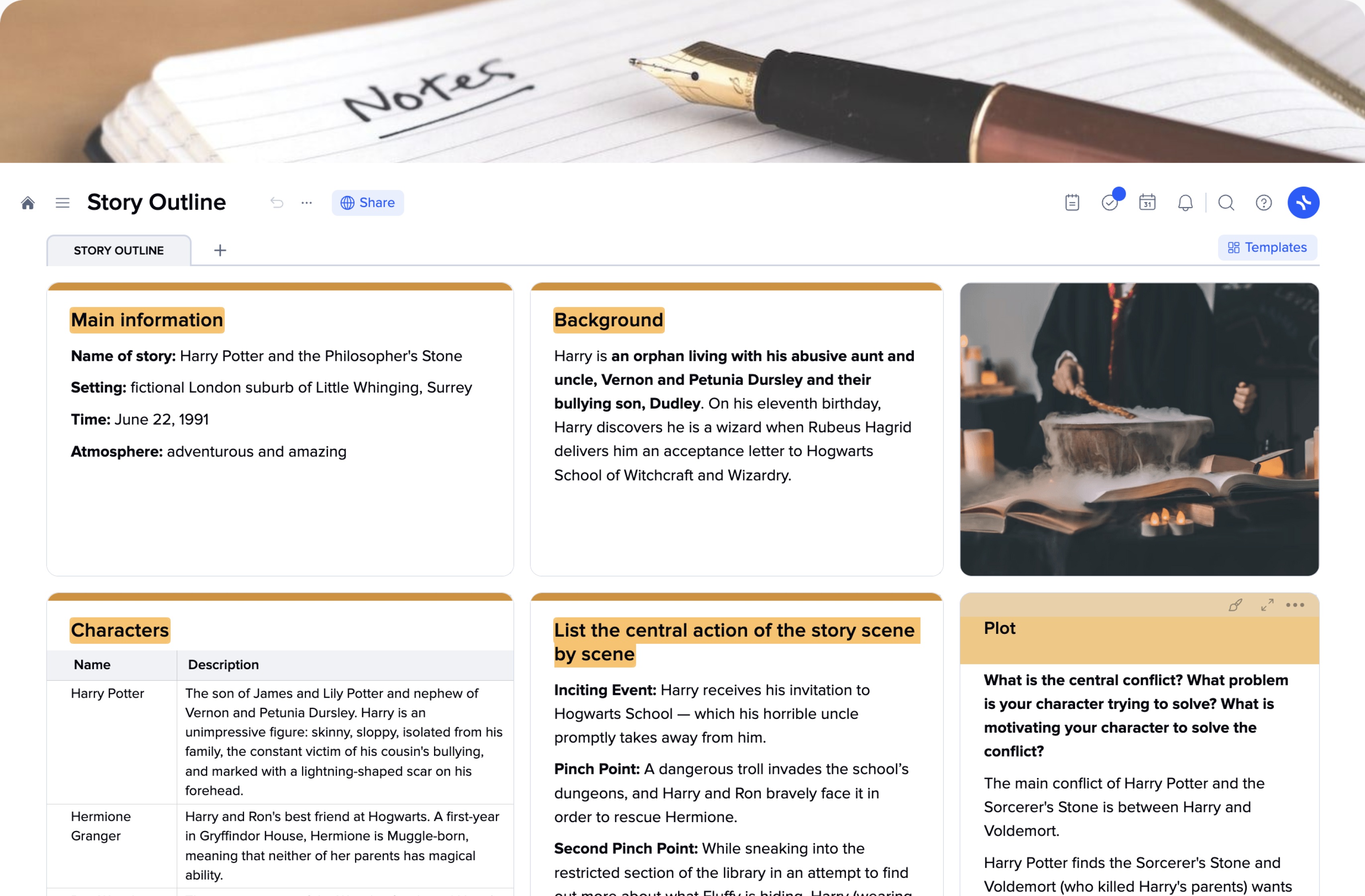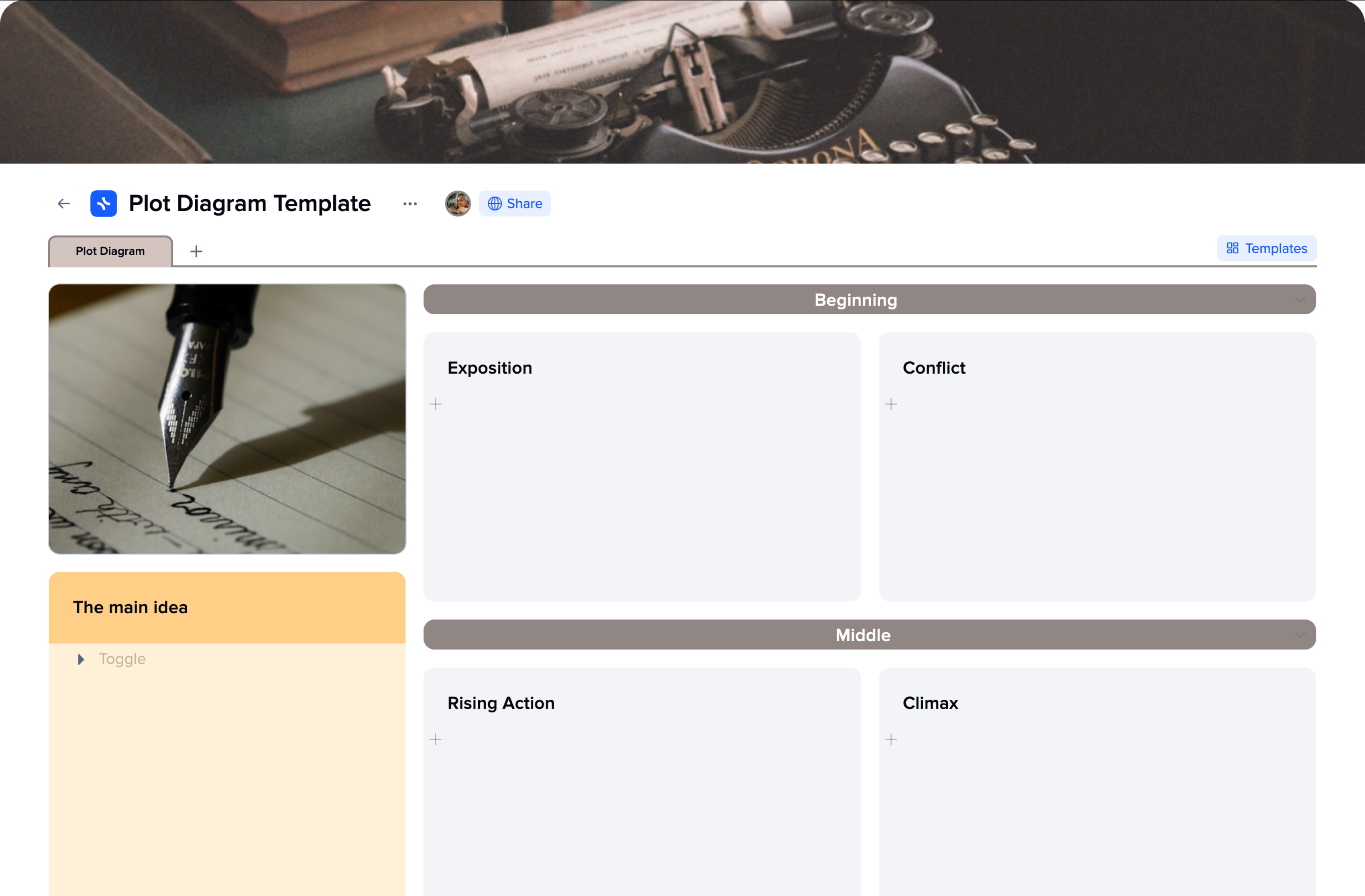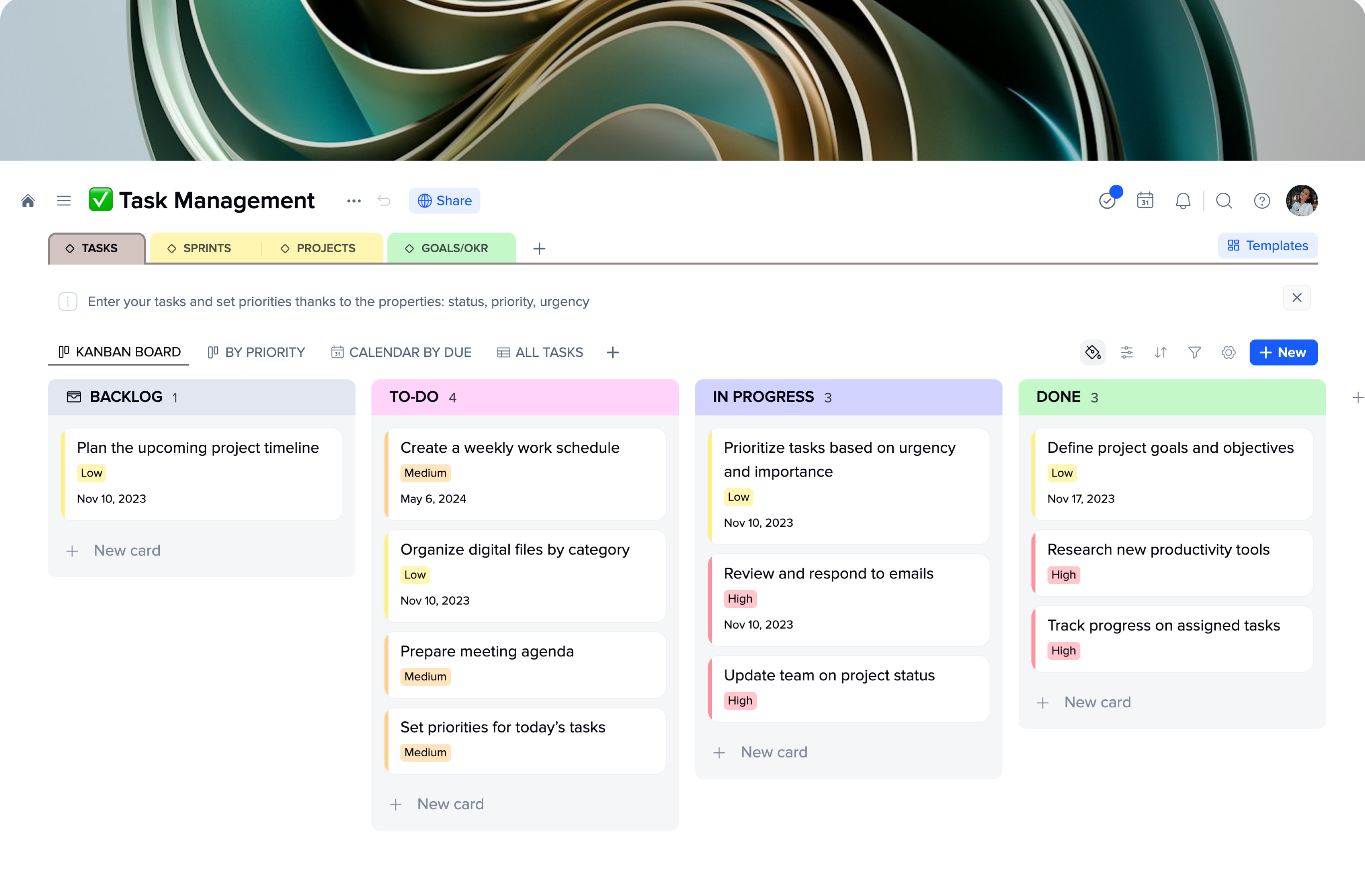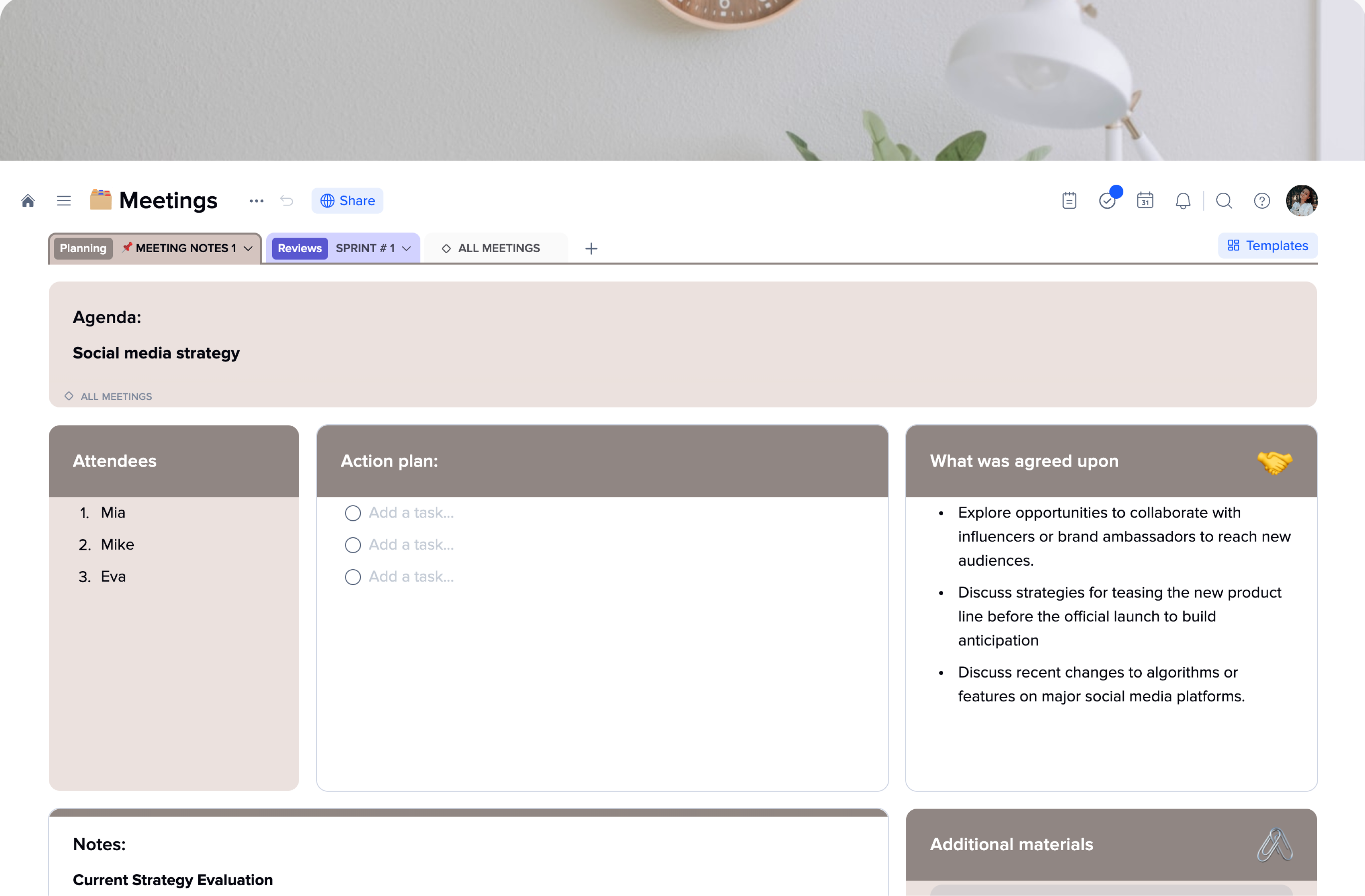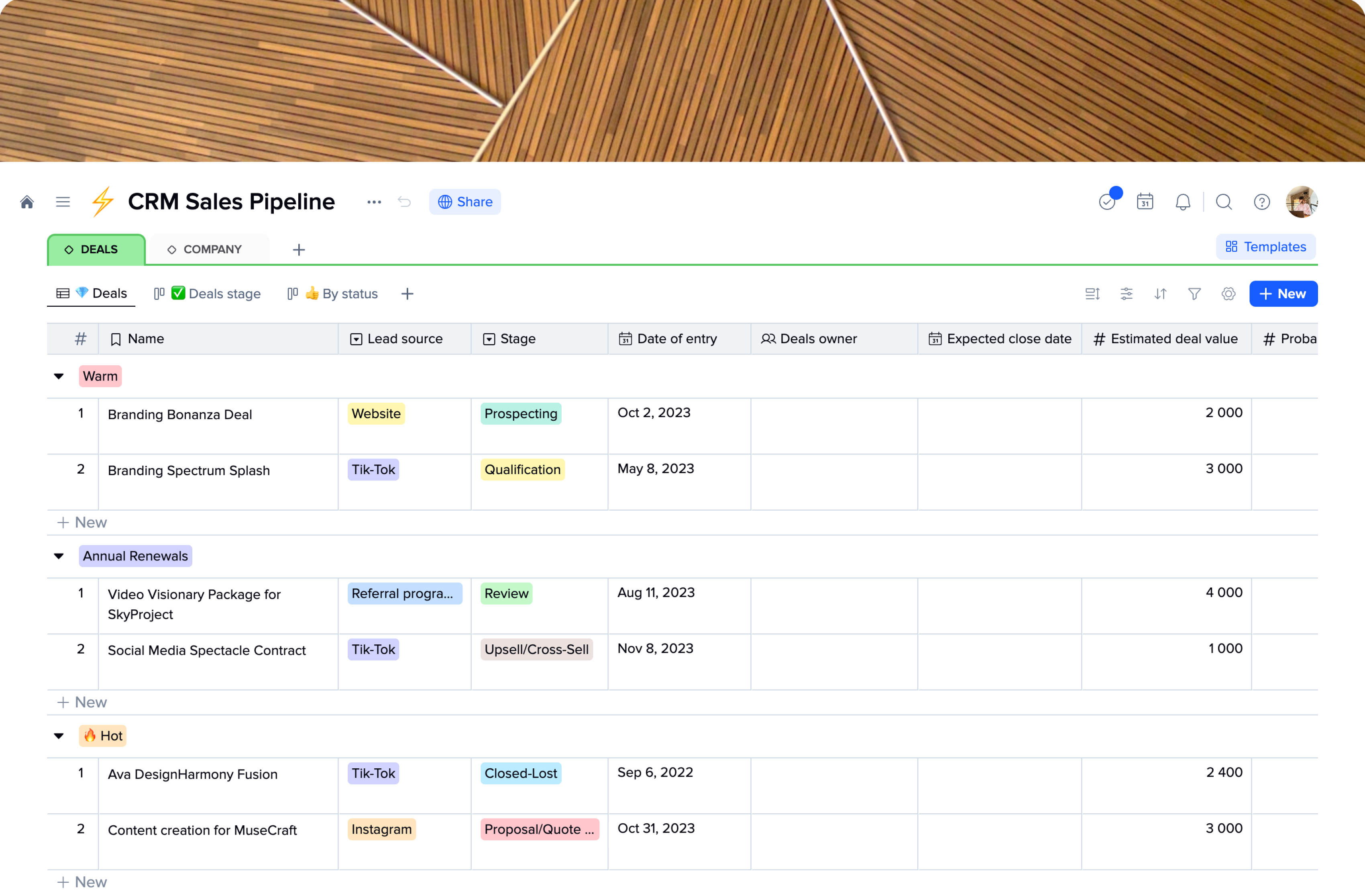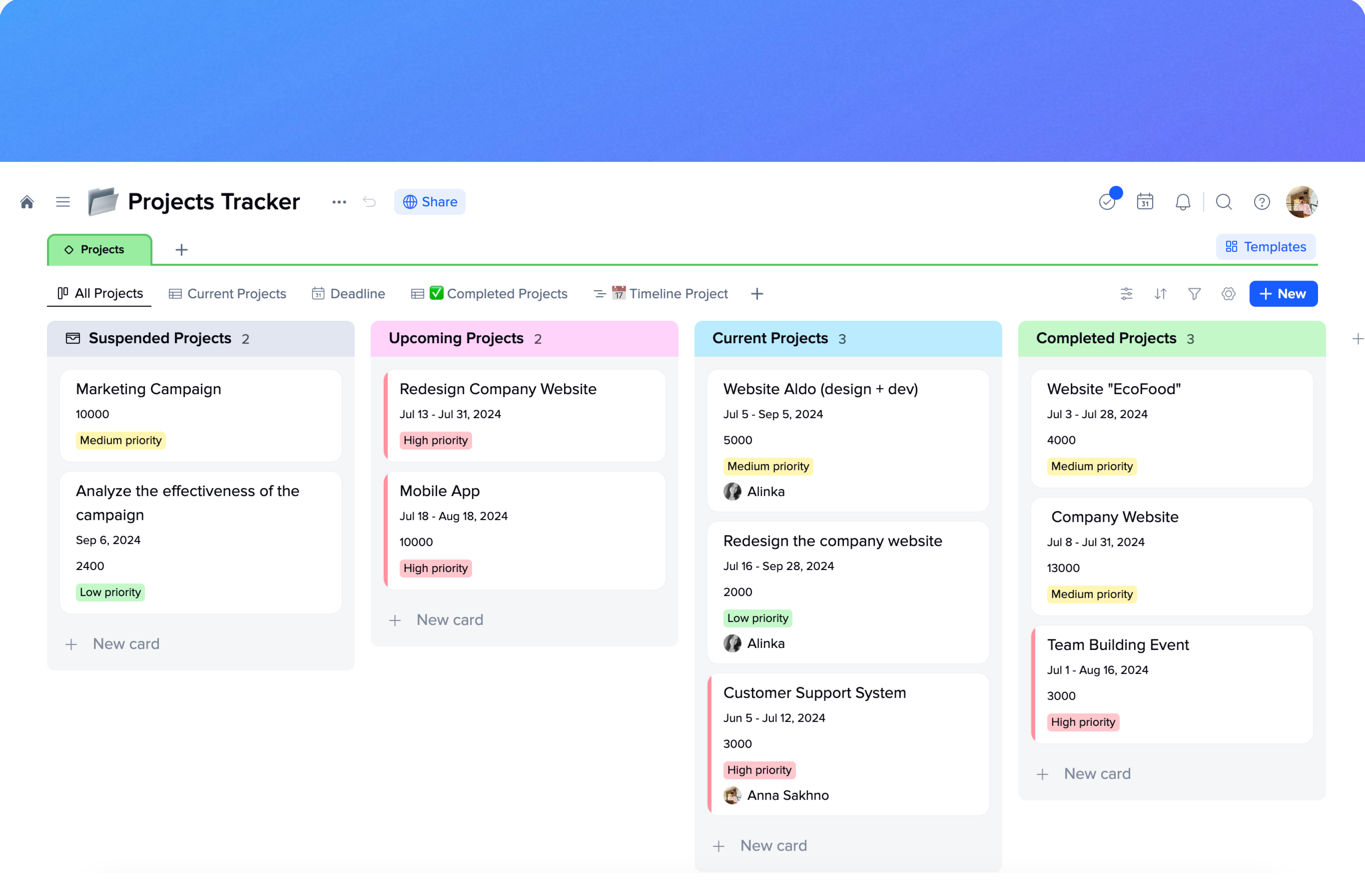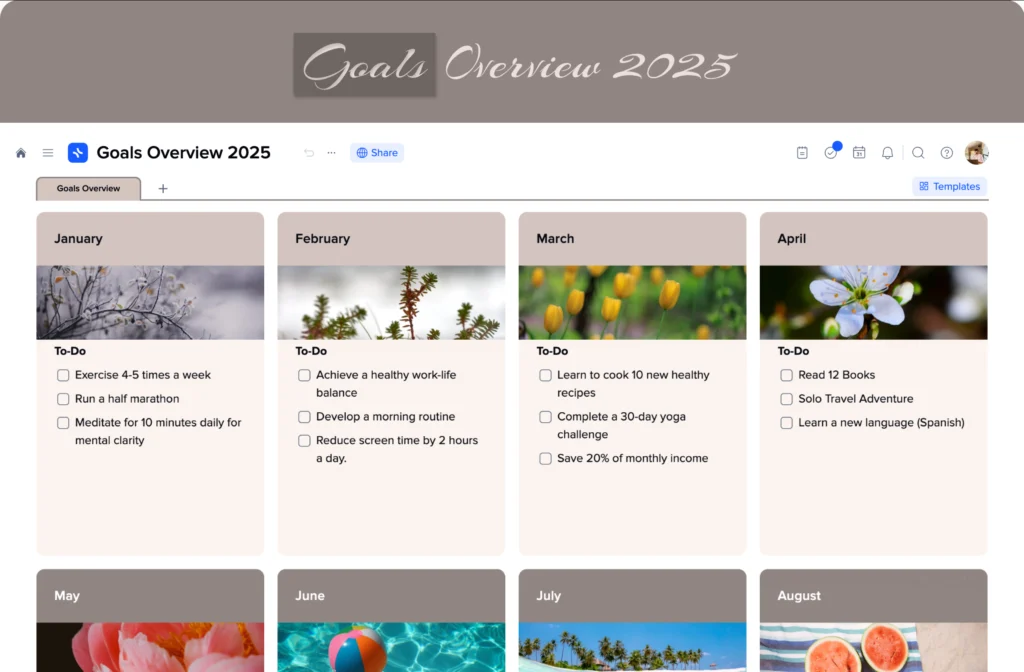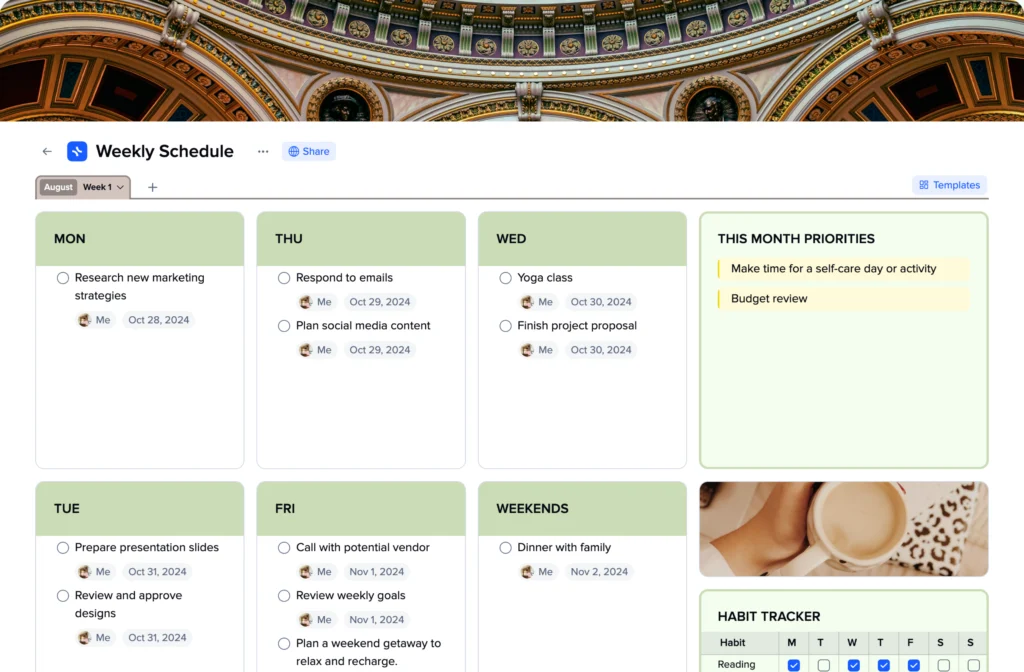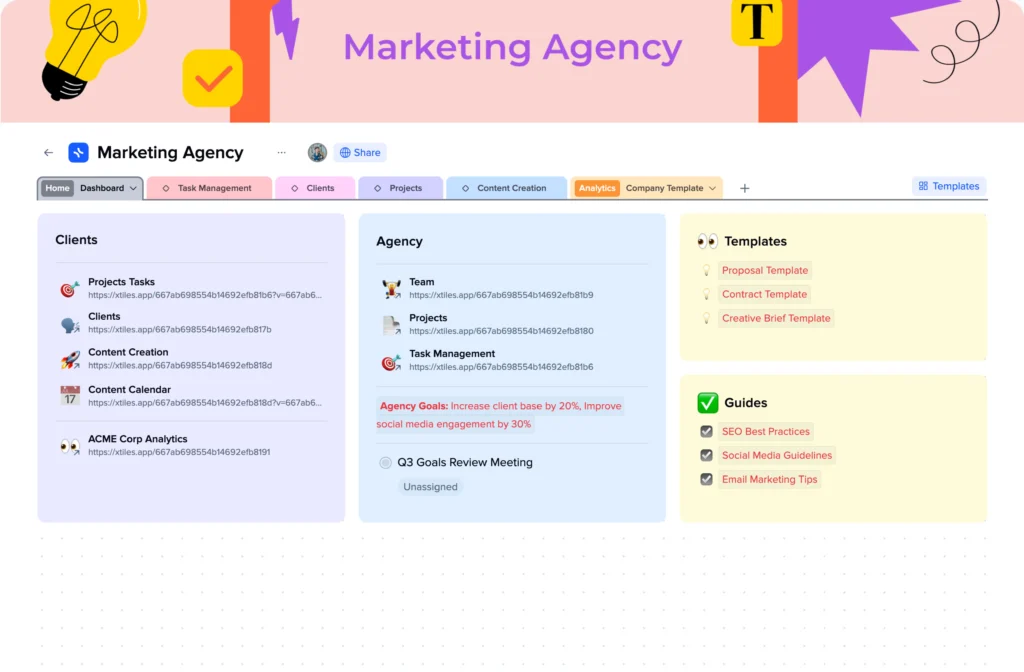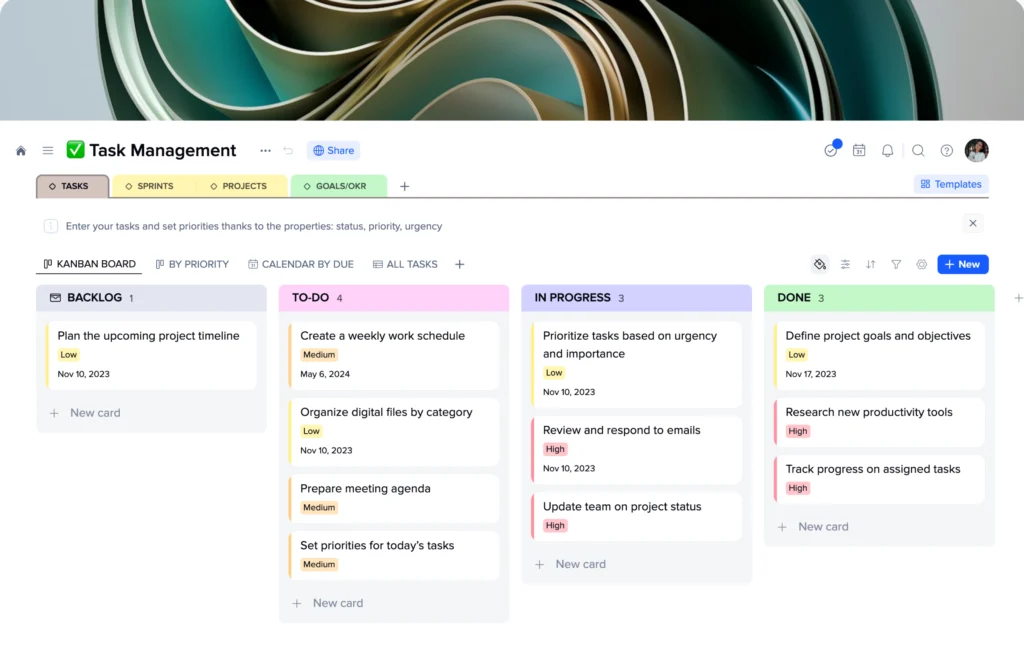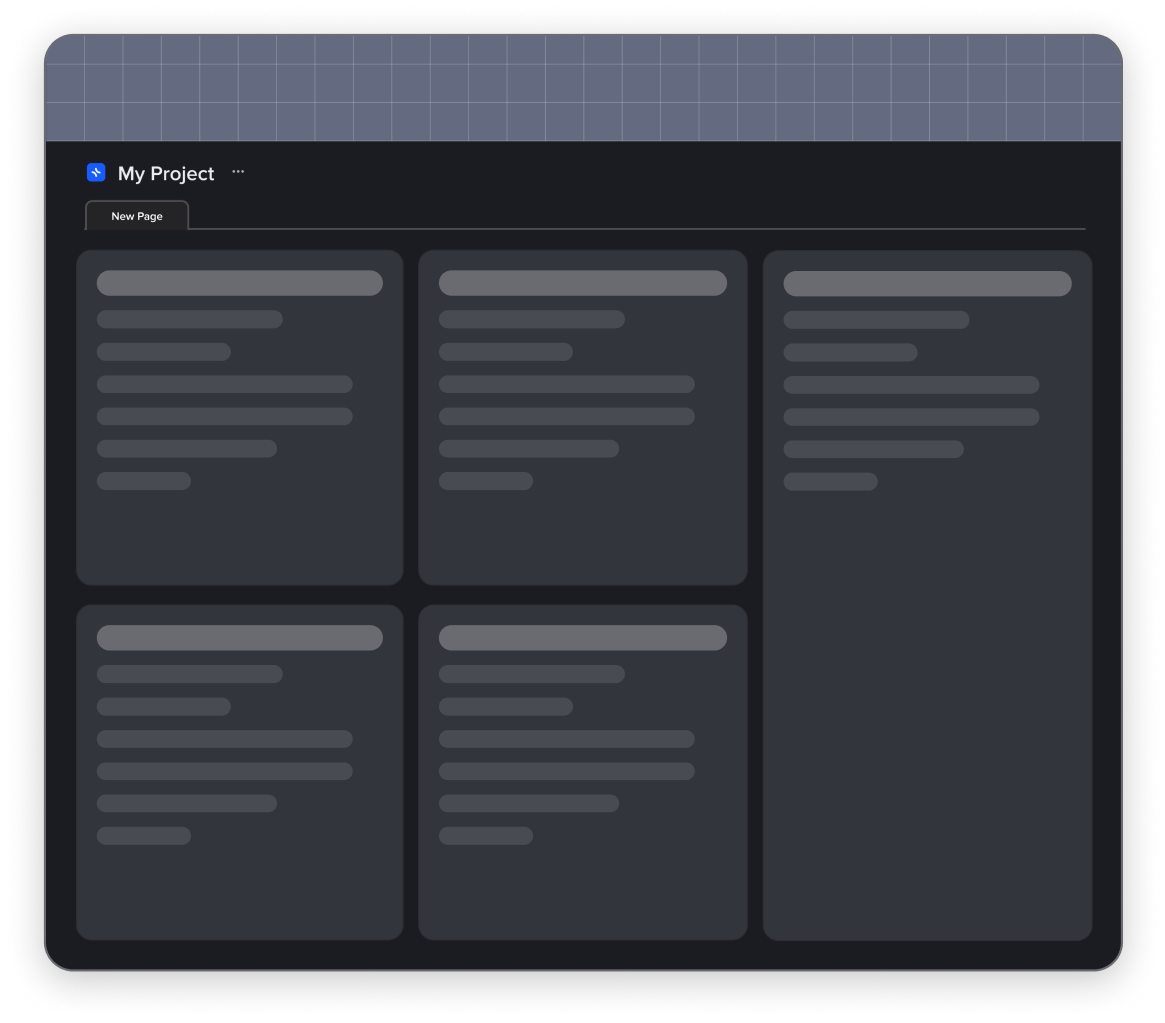Story Outline Template
All great books were story outlines at one time. Between a raw idea that suddenly comes to your mind and a finished text lies many pages of attempts, editing, rewriting from scratch, and a bit of frustration. A story outline helps you overcome that path easier and faster, and a story outline template brings you clearance and understanding of where to move.
Some people may consider story outlines as obstacles to their creativity. That misconception is popular due to the wrong understanding of a story outline and when a writer needs it.
Spur of the moment splash of creativity can’t be stopped or devastated by a plan. No writer must strictly follow the plan if they feel their story no longer matches the first intent. A story outline is a map to help you get to the finish safely while enjoying your road. However, you can change your place of arrival anytime you want.
Did you know that “Frankenstein” by Mary Shelley was originally intended to be a ghost story, but it ended up becoming a science fiction masterpiece that explores the dangers of playing God?
Did you know that J. D. Salinger initially intended to write a novel about a prep school teacher, but as he wrote, the focus shifted to the rebellious and angsty Holden Caulfield and his experiences navigating adolescence?
In other words, a story outline is here not to stop your writing or put it into a frame but to encourage and support you.
The xTiles Story Outline Template will help you quickly come up with the main points of your story, provide you with a clear overview of your intent, and save you time on preparation and planning so that you can rush into action.
Also, we offer you a story outline example and a detailed guide on how to write a story outline to help you create your own that may become a great story someday.
What is a story outline?
A story outline is a basic plan for a future story. It’s a roadmap that outlines the major events and plot points that will take place in the story.
Sometimes authors add characters, settings, and key elements to the story outline document. That helps to see and analyze the future story clearly on misconceptions, mistakes, deadends, etc.
The outline can be as detailed or as simple as the writer desires. However, the more complicated the story is planned, the more detailed plan an author needs to keep all details harmonized.
No story outline or its negligence might lead to confusion and mistakes in texts. If there is an editor or proofreader, they may find them and fix them. However, even professionals sometimes miss mistakes, and texts get published with inconsistencies.
For example, in his “Heart of Darkness,” Joseph Conrad accidentally changes the age of one of his characters from 32 to 38 and back again. Jane Austine, in ” Pride and Prejudice,” makes the same kind of mistake. Mr. Bennet says that he has been married for 23 years, but later on, it is revealed that he has been married for 24 years.
A story outline won’t protect you from all possible mistakes, but it will definitely minimize the appearance of such inconsistencies in your texts.
A story outline structure depends on the story itself and on the author’s way of planning. Usually, there are next sections:
- Introduction, where an author outlines the beginning of a story and where the main character or characters appear.
- Rising Action, where an author describes events that will build tension and raise problems to move the story forward.
- Climax, where tension reaches its highest point in the story, and the conflict gets resolved.
- Falling Action, where the events take place after the climax, leading to the logical resolution of the story.
- Conclusion, where the story ends, and the characters move on with their lives.
Not all stories can be put within that list. Literature has overcome a long path to ruin all the possible standards that might oppress people’s creativity. Hundreds of innovators spend years trying to show that there are no frames and cages to captivate real talent. It will find its way out via texts of bizarre and flamboyant forms.
That’s why the story outline method and story outline templates are just tools to coordinate your writing and keep you concentrated on your idea.
When does a writer need a story outline?
The safest option is to use a story outline for every fictional piece a writer is about to start writing. However, it may not be possible due to different reasons. For example, Ernest Shackleton wrote a book about his Antarctic expedition while stranded on an ice floe.
Some notable writers preferred or at least experimented occasionally with writing stories without a strict outline. Jack Kerouac famously wrote “On the Road” in a stream-of-consciousness style, without an outline or plan. Stephen King has said that he often begins writing a story with no clear plan or outline, letting the characters and plot develop as he goes.
Their experience may be alluring. However, skipping the planning and brainstorming stages is not always the best idea, especially when you’re new to writing.
If a novice writer wants to break stereotypes, they need to learn how to play by rules first, and outlining their stories before writing them will help to do it.
Traditional texts have their own rules and demand a certain structure. Usually, it’s a before-mentioned five-part structure with an introduction, rising action, climax, etc.
Unless you study literature, whether on your own or in college, you might not define those parts on your own. Without understanding how a text works, you might not build a story that will work for a reader.
Writing a story outline is important for a good beginning. Yet, you may do it at any stage of the writing process, depending on your individual approach, preferences, or current circumstances.
- At the planning stage, when you only begin your new writing project, you may find it helpful to create a story outline as a way to organize your thoughts and ideas, making it easier to develop the plot, characters, and settings.
- At the revision stage, when you review your existing draft, you may outline your story to identify areas that need improvement and find plot holes or weak characters or arcs.
- At the collaboration stage, when/if working with your co-writers or editors, you may create an outline to ensure that every participant is on the same page. It will ease your collaboration on a shared version by providing you with a clear understanding of the story’s structure and plot,
- Finally, you may outline your story to manage your time, whether you write in your free time or it’s your main job. An outline will help you understand how much time you will need to spend on each part of your text and plan it accordingly to your other activities so that no deadline will be missed.
Additionally, when breaking the story down into manageable chunks, writers can more easily track progress and set goals for themselves. That may be particularly useful for long writing projects, such as novels or screenplays.


